With gout, eating vegetables is crucial. These three principles must be kept in mind.
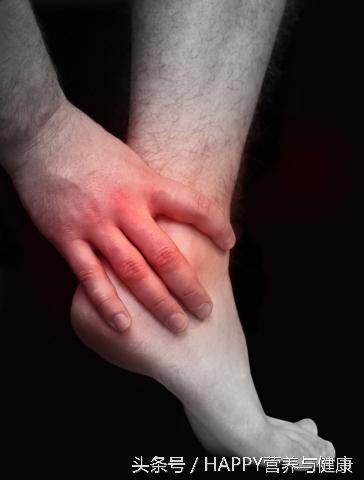
For patients with gout, although staple food accounts for most of the energy, but in terms of consumption, the most should be vegetables. People with gout, like normal people, should eat one serving of vegetables every day. It doesn't sound like much. You have to eat a few servings of meat and only one serving of vegetables. But one serving is different from another. One serving of meat is only tens of grams, while the one serving of vegetables is a full 500 grams (one jin).
So, the question now is, how should people with gout eat vegetables? Here are three principles that you need to keep in mind!
Principle 1: vegetables are "double low" and eat whatever you want.
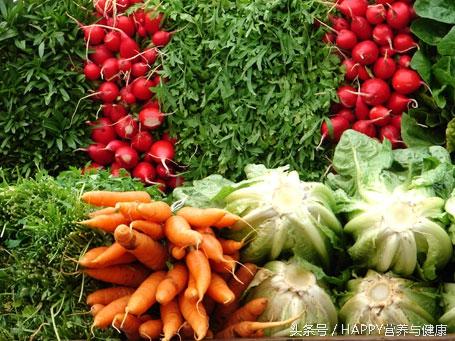
Gout patients want to eat, eat patterns, eat delicious, it is necessary to make more efforts on vegetables. Because vegetables are generally "double-low" food, that is, low purine, low energy. Large amount of tube full stomach, can provide a lot of vitamins, minerals, but no burden on the body's metabolism, is really natural and healthy food.
We say that patients with gout should pay attention to eating, but they can relax when it comes to eating vegetables. In addition to some vegetables with high starch content (potatoes, yams, lotus roots, carrots, etc.) and some vegetables with high purine content (pods, mushrooms) should pay attention to consumption, others, you can open your belly to eat.
There should be vegetables in the morning, lunch and dinner every day. If the morning is too busy to eat, lunch and dinner must also ensure the intake of vegetables, especially in the evening, vegetables should play a leading role.
Principle 2: vegetables should be cooked by cold dressing and steaming
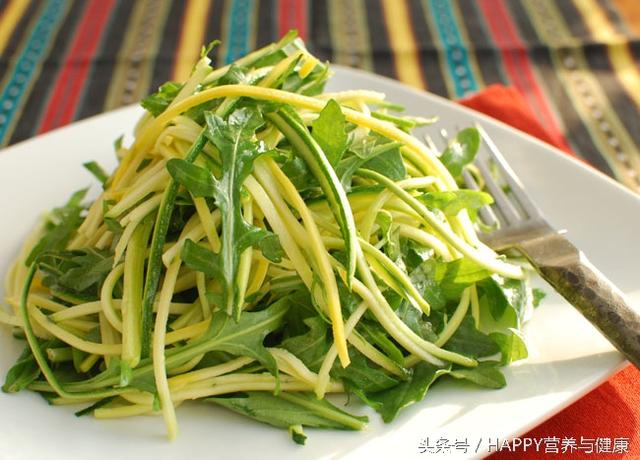
We say that vegetables have many advantages, high in vitamins, high in dietary fiber, low in fat and low in purines, which are all measured by raw vegetables. When vegetables are cooked, dietary fiber is still high and purine is still low. The other two may be about to change.
I have a patient who is overweight and has not only gout but also hyperlipidemia. I told him that you must control your energy intake and eat as much food as you need every day. But a few months later, the patient's weight and blood lipids did not improve, and his face was not good, showing some signs of vitamin deficiency.
I asked him, "did you not control your diet like I said?" The patient is very aggrieved. "Doctor, I eat a vegetarian diet and basically don't eat meat." I was surprised and asked him, "what kind of food do you usually eat?" The patient thought for a moment and said to me, "I like eating eggplant, braised eggplant, Sautéed Potato, Green Pepper and Eggplant and so on." As soon as I heard it, I understood what his problem was.
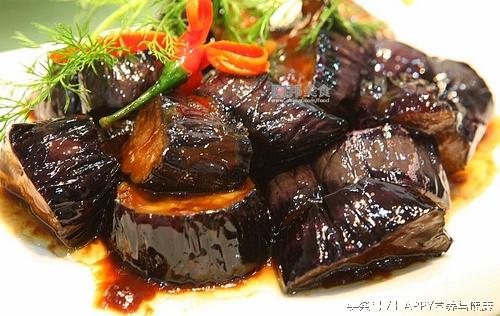
Eggplant is originally very nutritious and its energy is not high, but friends who can cook know that eggplant "eats oil" and "eggplant dishes" often need to be fried in order to be fragrant. When eggplant is cooked at high temperature, vitamins will be lost, especially some easily damaged vitamins, such as vitamin C.
In addition, when we eat vegetarian dishes, we take a fancy to its low-energy characteristics. When fried in oil, the eggplant is soaked in oil, and the energy goes up. This patient likes to eat such dishes, how can blood lipids and weight be controlled well?
In order to maintain the "simple" nature of vegetables, we generally recommend that vegetables suitable for eating raw should be eaten raw as far as possible, mix with less seasoning, and order a few drops of sesame oil, which can not only maximize the nutrients in vegetables, but also low-fat and healthy. Vegetables that are not suitable for eating raw can be cooked with less oil; vegetables such as carrots and tomatoes can also be stewed with meat, which not only need no extra oil, but also fragrant, but also conducive to the absorption of fat-soluble vitamins.
Vegetables with high oxalic acid content should be blanched before eating.
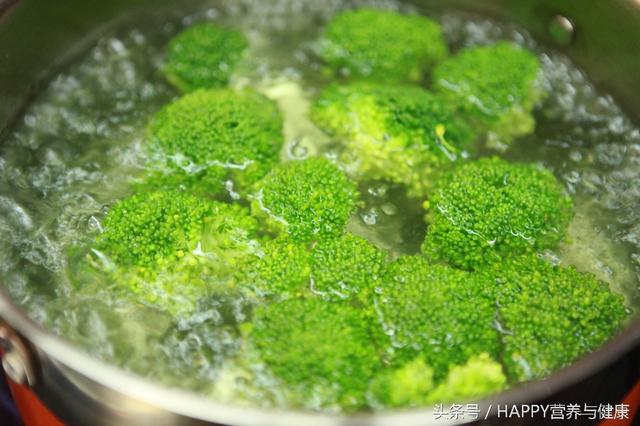
Through the previous introduction, we know that when the concentration of uric acid in the body is too high, uric acid crystals will precipitate, which is easy to form stones in the urethra. In fact, in kidney stones, the most common is not uric acid stone, but another kind of acid caused stone, that is oxalic acid.
Oxalic acid mainly comes from diet, and many vegetables and fruits contain oxalic acid. Among them, spinach, amaranth and all kinds of wild vegetables have the highest content. If a vegetable tastes a little "astringent", it is because of its high content of oxalic acid.
Because the risk of kidney stones in patients with gout is relatively high, if a large amount of oxalic acid is consumed, the risk will be even higher, so in the diet, oxalic acid should be avoided as far as possible. Does this mean that people with gout can't eat spinach? It's not necessary. As long as you blanch the water before cooking, you can remove most of the oxalic acid, then eat it, and there will be no problem.

HYPPY Nutrition and Health
No. 1 expert Health said that its mass nutrition release platform
Only to spread more professional nutrition and health knowledge for you.
Wechat ID:yihaojiankang
Pay attention to us and gain more!
(do not reprint without authorization)
- Prev
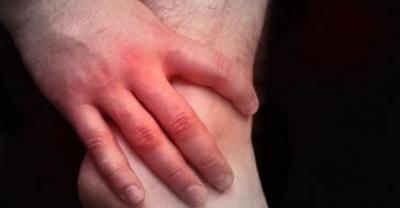
The bone on the tip of the tongue is healthy: the four vegetables that replenish the "backbone" the most!
1. Onions want to have strong bones, grow taller and avoid osteoporosis, so eat more onions. The latest research in the authoritative journal Nature.
- Next
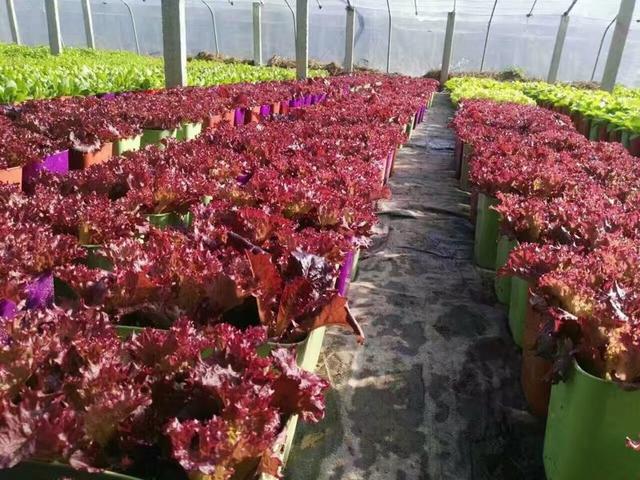
It takes a lot of work and time to grow vegetables in this way.
It takes a lot of work and time to grow vegetables in this way.
Related
- Where is it suitable to grow horseradish in China? it is expected to see the middle altitude horseradish in Alishan.
- How to prevent tomato virus disease reasonably? (Control methods included)
- Many people like to plant towel gourd on the balcony. What are the main points of this method and management?
- What crops can chili peppers be mixed with?
- Fertilization techniques and matters needing attention in Tomato
- What are the grafting techniques for peach seedlings in spring?
- Harm and control methods of root swelling disease of Chinese cabbage
- What are the pests of sweet potatoes? How to prevent and cure it?
- Symptoms, causes and Control methods of navel Rot in Tomato
- The cause of "Cucumber rotten bibcock" in Farmers' planting Cucumber and its Control Plan

